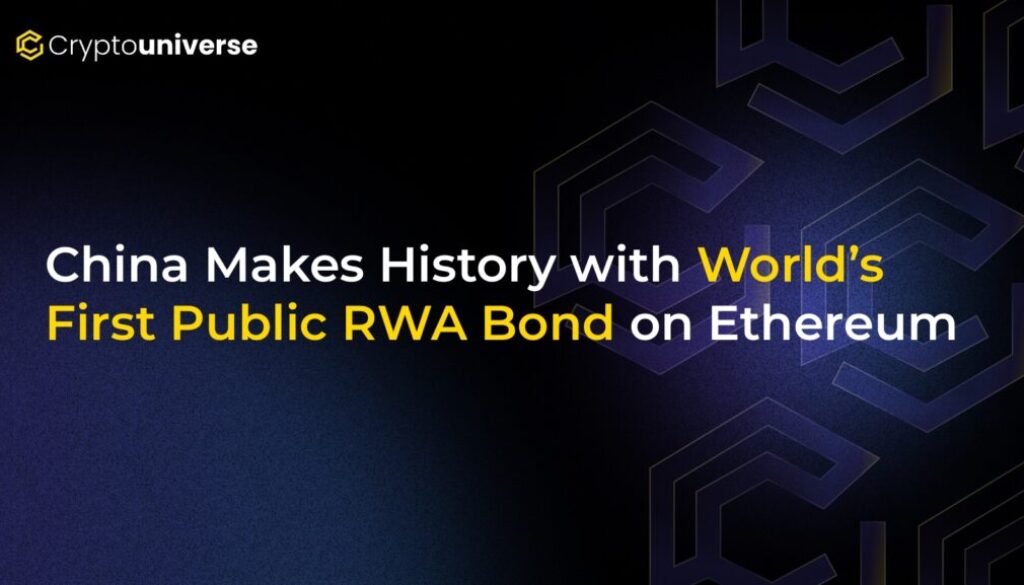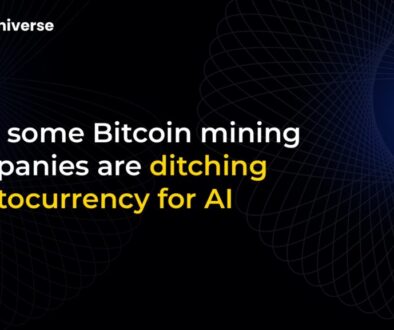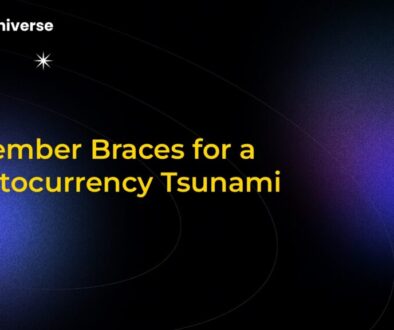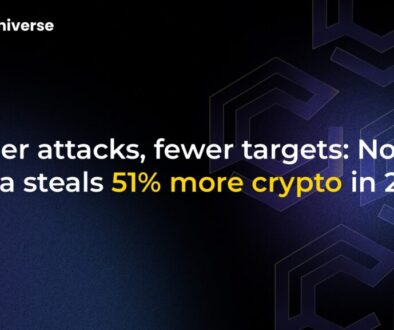China Makes History with World’s First Public RWA Bond on Ethereum

A New Era for Finance: China’s Groundbreaking Move into On-Chain Assets
In a move that sent ripples across both traditional and decentralized finance, a Chinese state-owned enterprise has successfully issued the world’s first publicly offered Real World Asset (RWA) bond on the Ethereum blockchain. This landmark event signals a major step in the convergence of government-backed finance and public blockchain technology, potentially reshaping the future of global capital markets.
Futian Investment Holding, a prominent state-owned firm based in Shenzhen, is the trailblazer behind this historic issuance. The move demonstrates how China, despite its stringent stance on cryptocurrencies, is strategically exploring the underlying power of blockchain for financial innovation, using Hong Kong as its global testing ground.
Breaking Down the Details: The FTID Token 001
This isn’t just another digital asset; it’s a fully regulated, investment-grade financial instrument brought to life on the world’s most active smart contract platform. Let’s look at the specifics:
- Issuer: Futian Investment Holding, a Chinese state-owned enterprise (SOE).
- Asset: A digital bond named FTID Token 001, representing a claim on a real-world debt instrument.
- Value: A total issuance of 500 million Chinese yuan (approximately $70 million).
- Terms: The bond offers a 2.62% coupon rate with a two-year maturity.
- Credit Rating: It has been assigned a credible A- rating by Fitch Ratings, signifying a stable, investment-grade product.
- Blockchain: Issued natively on the public Ethereum blockchain.
- Listing: In a first-of-its-kind move, the tokenized bond is also listed for trading on traditional stock exchanges in Shenzhen and Macau.
This event marks the first time a Chinese SOE has issued a tokenized public bond on Ethereum, transforming a traditionally opaque market instrument into a transparent, on-chain Real World Asset.
Why This Is a Game-Changer for RWAs and DeFi
The concept of Real World Assets (RWAs) involves tokenizing tangible and intangible assets—like real estate, art, commodities, and bonds—and bringing them onto a blockchain. This process unlocks unprecedented liquidity, transparency, and efficiency. Until now, most experiments with tokenized bonds have been private, limited to a select group of institutional players.
Futian Investment’s decision to launch the
- Mainstream Legitimacy: A state-owned enterprise using a public blockchain like Ethereum for a bond issuance lends massive credibility to the technology and the RWA sector.
- Bridging TradFi and DeFi: By listing the token on both traditional exchanges and issuing it on-chain, this project creates a direct bridge between traditional finance (TradFi) and decentralized finance (DeFi). It proves that both worlds can coexist and enhance one another.
- Enhanced Efficiency and Transparency: Using Ethereum’s infrastructure allows for near-instant settlement (T+0), immutable record-keeping, and full transparency of transactions, which are significant upgrades over legacy financial systems.
The Hong Kong Strategy: China’s Blockchain Sandbox
This development highlights a fascinating paradox. While mainland China has imposed a strict ban on cryptocurrency trading and mining, it continues to champion the development of blockchain technology. Hong Kong has emerged as a crucial strategic hub for these ambitions.
With its flexible regulatory environment and status as a global financial center, Hong Kong provides the perfect sandbox for Chinese enterprises to experiment with Web3 and tokenized finance without disrupting domestic policy. Futian Investment’s move is a calculated play, leveraging Hong Kong’s unique position to pioneer next-generation financial products on a global stage.
What’s Next for Tokenized Assets?
This historic bond issuance is more than just a single event; it’s a powerful signal for the future. It sets a precedent for other governments and major corporations to follow suit, potentially triggering a wave of RWA tokenization across global markets.
We may soon see everything from infrastructure projects to corporate debt and solar energy assets being brought on-chain. For Ethereum, this solidifies its role not just as a platform for DeFi and NFTs, but as a foundational settlement layer for high-value, real-world financial instruments.
The East is moving on-chain, and the world of finance is taking notice. The line between traditional assets and digital tokens is blurring faster than ever before, heralding a more efficient, transparent, and accessible financial future for all.


